Brothers Grimm devoted substantial parts of their lives to prove the fairy tales originate in old myths. It seems Little Red Cap really shares a lot with an old Greek mythological story about the abduction of Persephone.
It's not only the basic plot, the tension between the bestial evil darkness and fresh naive youth, or the dynamics between the relatives in the story. It's also a story about trickery, responsibility, and consequences of wrong decisions - for everybody involved.
Let's look at 10 typical elements, shared by both well-known stories and see if the story about Little Red Riding Hood and Big Bad Wolf just brings the myth about Persephone and Hades in a new form!


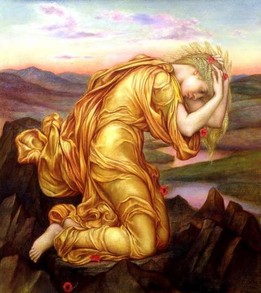
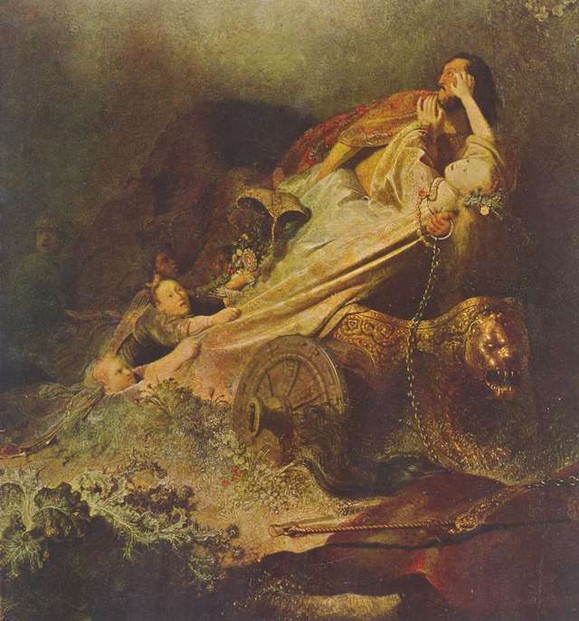

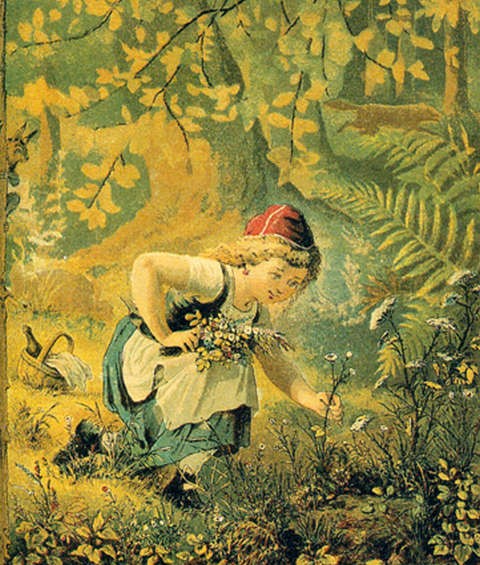
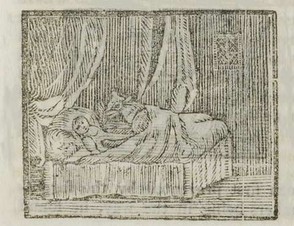
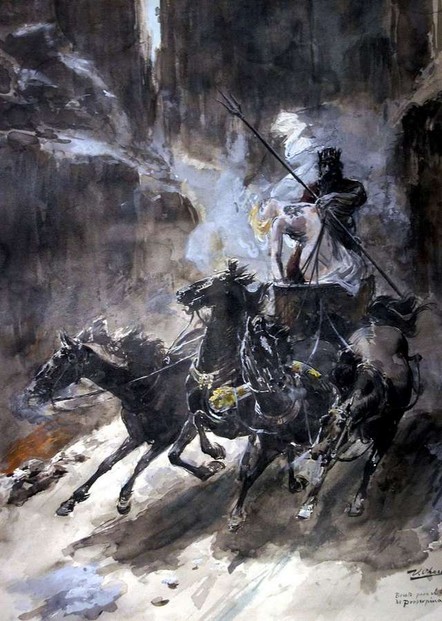
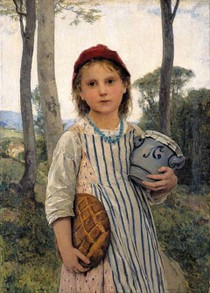
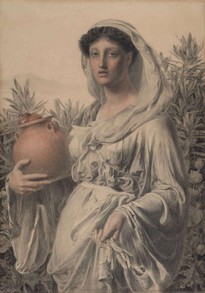
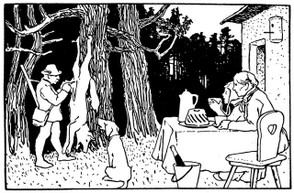
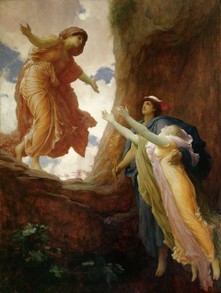
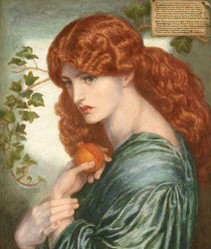

 Vintage Postcard Artists with 10 Examples of Easter Cardson 02/21/2025
Vintage Postcard Artists with 10 Examples of Easter Cardson 02/21/2025
 Valentine's Symbolson 01/23/2025
Valentine's Symbolson 01/23/2025
 Thanksgiving Symbolson 11/12/2024
Thanksgiving Symbolson 11/12/2024
 Famous Witches in Literary Historyon 10/06/2024
Famous Witches in Literary Historyon 10/06/2024

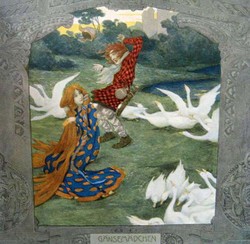
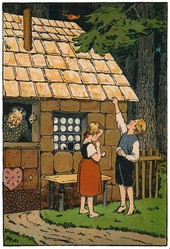
Should we mention another similarity of both stories?
Sure, DerdriuMarriner, having power over life is huge. Yet, Poseidon, rules the world of dead, so we can't underestimate him. Even Demeter had to make a compromise with him. And Zeus, well, he is boss of everybody, what is a superpower as well. Don't forget his wife ... Even Zeus has to listen her! ;)
Thank you!
In particular, I like your phrasing that ruling all living beings because of her being goddess of agriculture. That indeed would be the "ultimate superpower" -- even more so than anything Zeus would come up with, right?
Demeter was a goddess of agriculture, so in a way, she ruled all living beings in the world. I call that an ultimate superpower. Well, until the underworld stays out ...
The first typical element, An absent father, mentions that "Considering the supernatural powers of Demeter, who is one of the most important goddesses in Greek Pantheon, we can easily assign some superpowers to Red Cap's mother as well."
What might Demeter's supernatural powers have been and done?
Well, Mira, maybe I should add the so-called Japonism heavily influenced art in Europe, especially painters - Walter Crane (Arts & Crafts) was one of the typical representatives among artists who loved the contrasts by which wooden blocks became popular. Pre-Raphaelites who seemed to be very much in love with red too, liked art from Japan as well.
This persisted for many years (actually it can still be found in every artistic sphere, but today thanks to globalization, and we are more familiar with anime and similar stuff...).
Impressionists incorporated many ideas from Japonism to their work too. If we know some of their works became the most expensive works ever, this probably cause some kind of chain-reaction, but I am not educated enough for that kind of anticipation.
Red and the Sun! They're connected in China and Asia, yes, but not so much in Western culture. Yes, maybe fire, but not quite the Sun. And yet Persephone with red hair is intriguing. Look forward to your article :)
Thanks, Mira for some interesting points. As far as immortality is concerned, we can definitely find it in both stories. I am working on article about different interpretations of the Red Cap and several of them are about immortality of the title character, being it interpreted as a Sun, Jesus, or time of the year. The menstrual blood is connected with this issue as well - blood gives life and blood can mean death too. Red is most likely connected with Sun, what leads us to life (all known life depends on Sun energy), life can carry on only through some kind of rebirth, having kids or something like that ...
I enjoyed reading this, but it would probably be useful to point out dissimilarities as well. Persephone lives forever, whereas this girl has a clear journey that ends in rebirth. She will only take this journey once. Then Persephone was a goddess of fertility. By the way, do you think Persephone's red hair and the red cap may point to fertility? As renewal through menstruation and -- important for this story -- blood? It may be pushing it too far, but I did read at some point about menstruation in various cultures and it has quite a powerful symbolism.
Hi, DerdriuMariner, thanks for stopping by. I think the message of both stories is the same - our actions will change us and determine our future. Persephone and Red Cap are both 'saved', but their lives can't ever be the same again. There is no clear winner here.
It's hard to say how the myth evolved into a fairy tale, because there is a huge gap (many centuries) between the first known versions of both.
As far as the boy who went into the kingdom of dead is concerned, I am not familiar with a particular tale, but Grimms have a version of the boy who needs to get three hairs of the Devil and there are also several myths related to the underworld, but all I can remember at the moment are the ones where somebody wants to get out, or take something (or somebody) out, not going in. If I bump on the version, you mentioned, I'll send you a note.
Take care.
Tolovaj, Thank you for the persuasive images, information and product.
Are we supposed to believe in a happy or tolerable ending for Persephone as just as, less or more happy with Hades than with Demeter?
Do we know how the Persephone myth moved into the lands of the Little Red Riding Hood tale? Do we know if the Greek myth goes further back to some borrowing from, or transmission through, some other ancient culture, such as Alexander the Great's Trojan, Oedipus' Phoenician or some Greeks' Egyptian ancestral homelands?
In another -- but related in terms of being about myths -- direction, do you know about the story of the boy who carried a letter to the kingdom of the dead? Ismail Kadare says that it only exists as an Albanian or a Chinese tale.